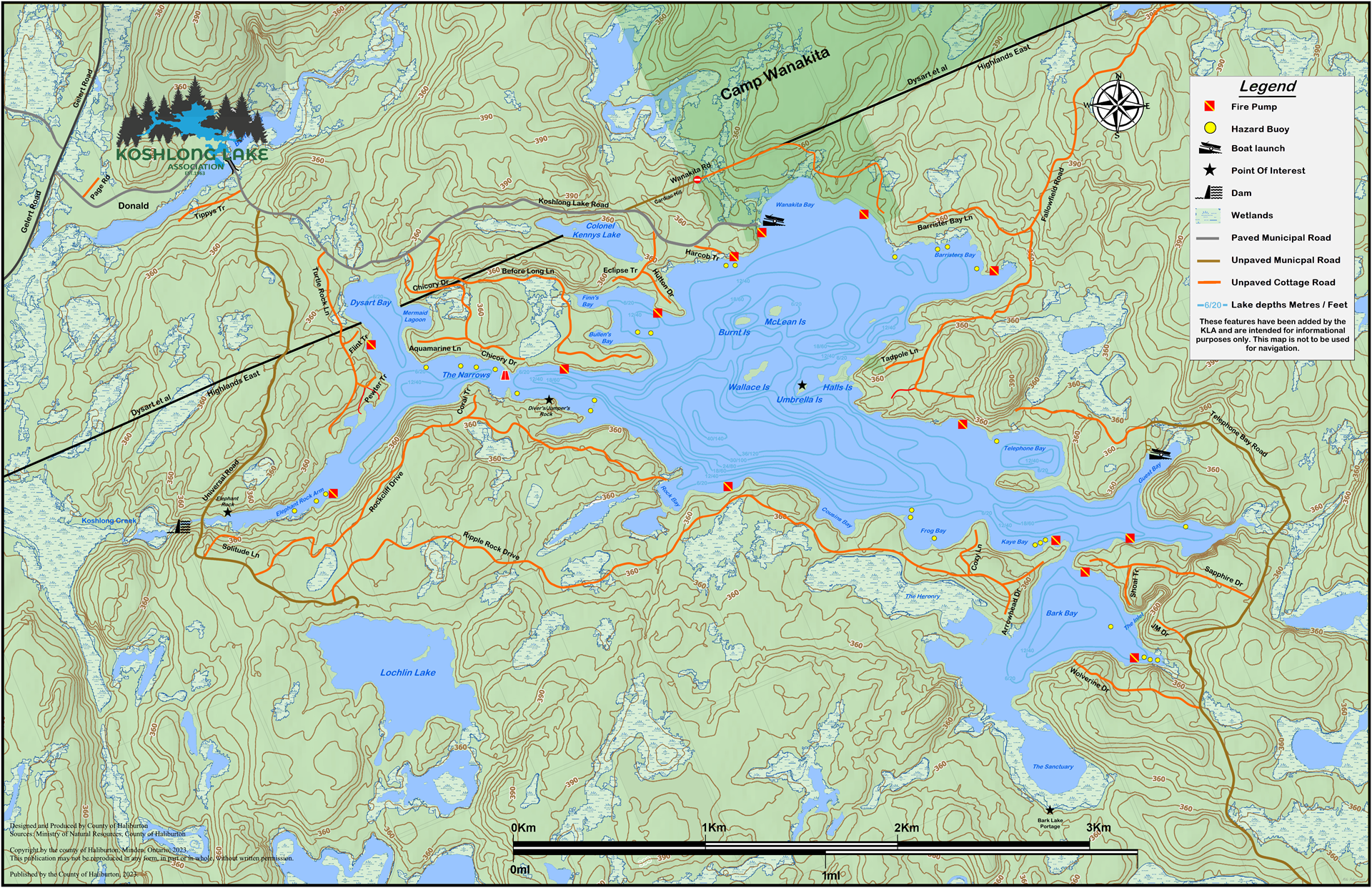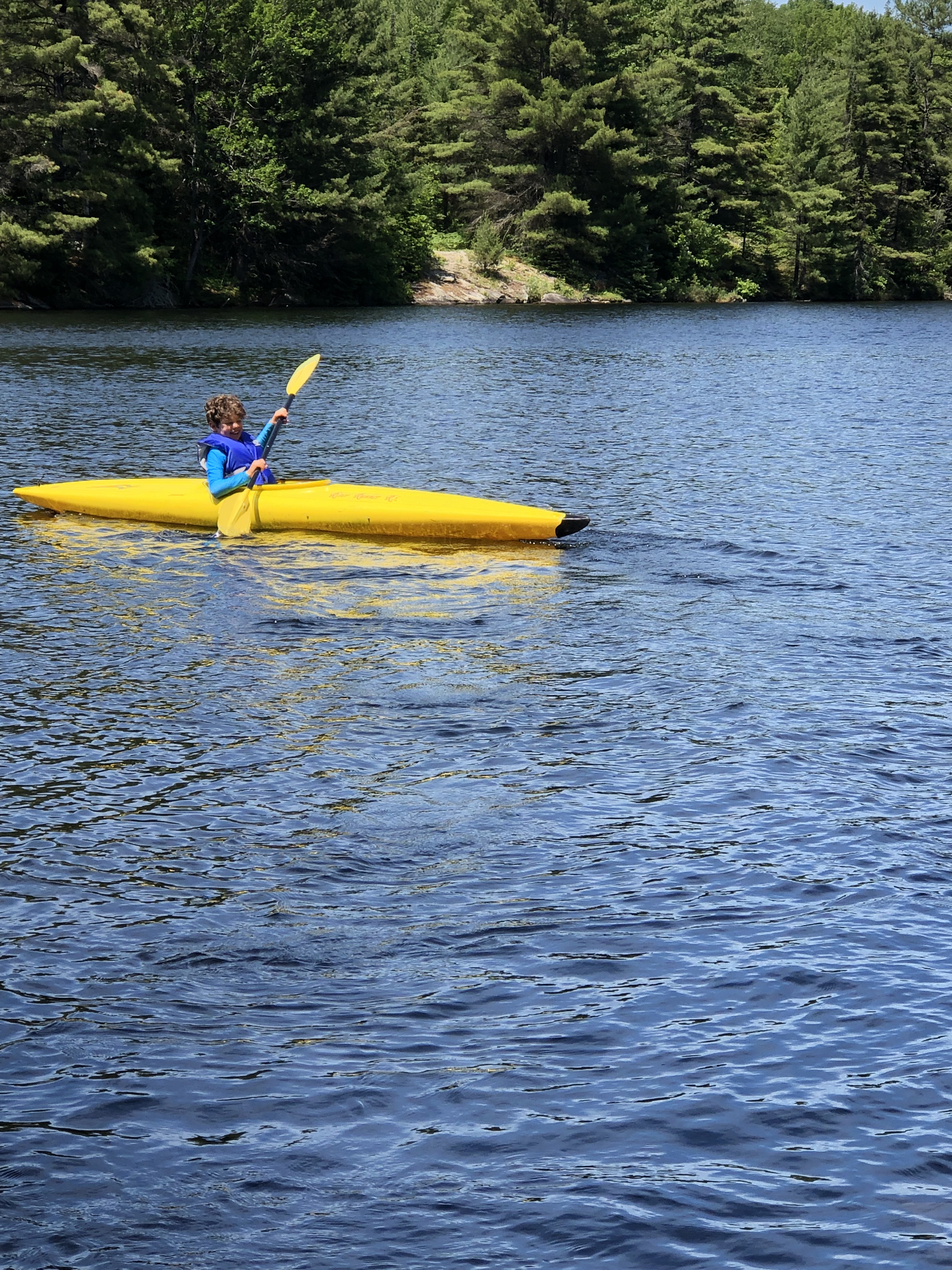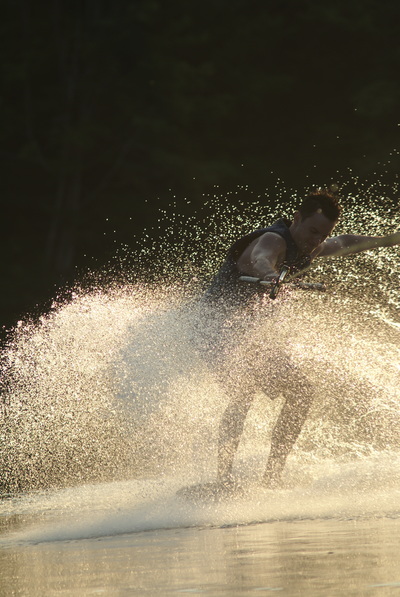water safety
Have Fun & Stay Safe!
Water-related activities -- including boating, skiing/tubing, fishing and swimming -- are leading causes of accidental death in Ontario and across Canada each year. Most accidents occur in lakes and rivers. Knowing how to swim is not enough to save lives, but drowning & accidents are preventable if you take precautions and learn to recognize the signs of trouble so you can act quickly in an emergency.
 A detailed map of the lake can be downloaded here, indicating the approximate depths and locations of hazard buoys.
A detailed map of the lake can be downloaded here, indicating the approximate depths and locations of hazard buoys.
Please not that this map is not intended for use as a navigational tool.
All water craft:
| To prevent introduction of harmful invasive species into our lakes, please CLEAN, DRAIN & DRY your boat if you are moving it from one body of water to another. |
All motorized craft:
- Transport Canada requires any person operating a power-driven boat to present "proof of competency" to demonstrate that they understand the basic rules of safety and operation. The most common proof of competency is the Pleasure Craft Operator Card, which you can obtain by completing an accredited boating safety course and examination, in-person or online.
|
Water Skiing & Recreational Towing(including barefoot skiing, tubing, knee boarding and parasailing)
|
|
 | Human Powered Water Craft(including canoes, kayaks, stand-up paddle boards, paddle boats, row boats and shells, kiteboards and sail boards)
|
Viewing Fireworks
|
Please visit Ontario Parks and Transport Canada for more information about safe boating practices, both human-powered and motorized.
1. Learn the skills 2. Supervise actively 3. Use caution in open water 4. Play safely with recreational toys 5. Care with swimming & training aids 6. Wear PFDs when boating & playing 7. Practice safe boating! | Most at risk of drowning are:
Drowning is SILENT |
If someone is struggling in the water:
- Call for help
- If possible, THROW the person a flotation device
- IF IT IS SAFE for you to do so, PADDLE OR SWIM to the person; approach them from BEHIND
- In the water: turn the victim on their back; grab from behind under their arms;
kick to pull to safety; do not let them grab you or they may pull you under - Once ashore, administer first aid as needed
After any "close call" KEEP WATCH! Seek medical help if the person:
- acts erratically
- is lethargic, suddenly sleepy
- continues to cough, wheeze, or gasp for breath
- is breathing rapidly
- vomits
Learn more about swimming and water safety tips to prevent accidental drowning at the Lifesaving Society and the Red Cross
Thanks to KLA member Rob Horsburgh for his photograph of Wallace Island used as the background photo throughout this site


